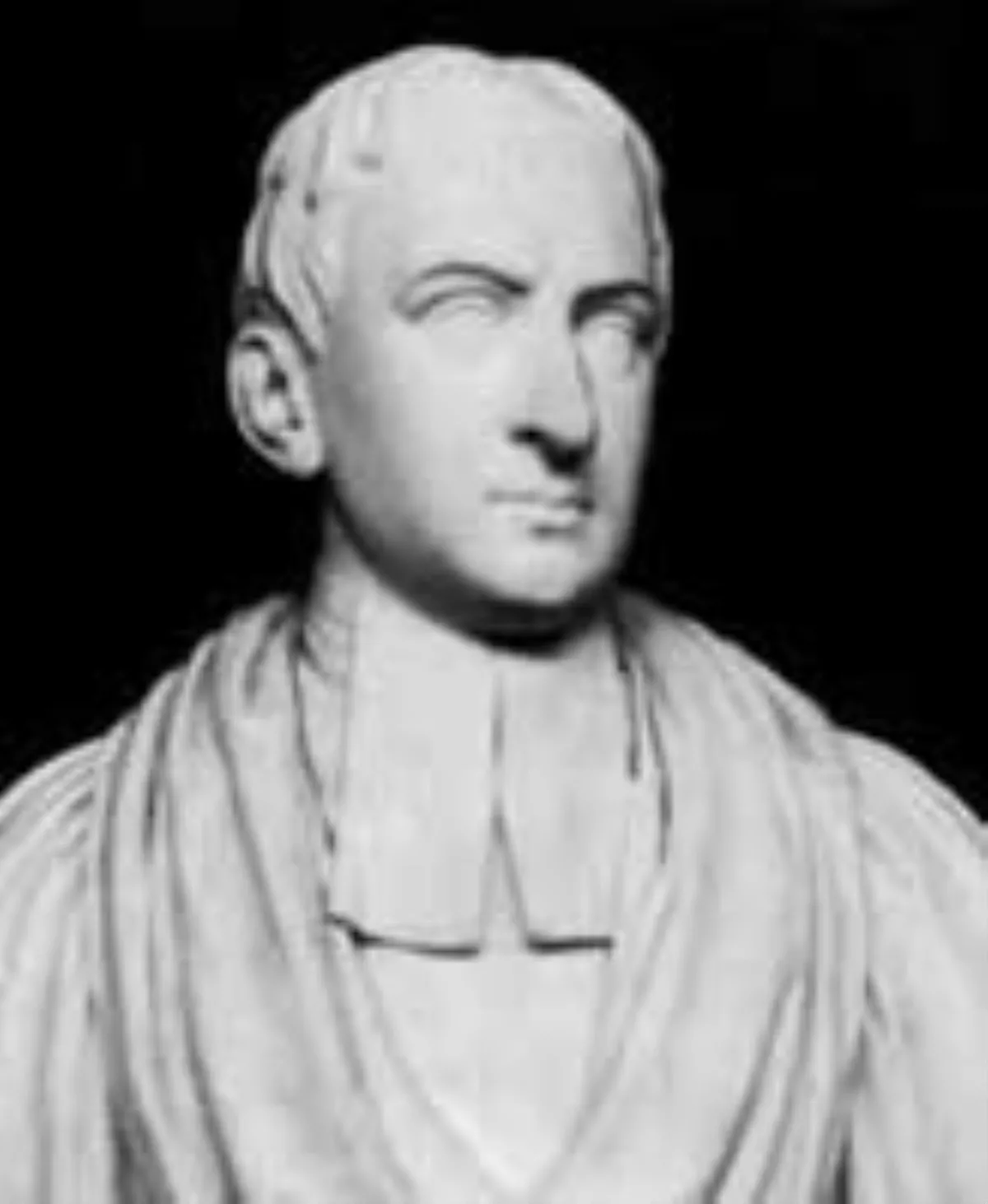 1.
1. Roger Cotes was an English mathematician, known for working closely with Isaac Newton by proofreading the second edition of his famous book, the Principia, before publication.

 1.
1. Roger Cotes was an English mathematician, known for working closely with Isaac Newton by proofreading the second edition of his famous book, the Principia, before publication.
Roger Cotes was the first Plumian Professor at Cambridge University from 1707 until his death.
Roger Cotes's parents were Robert, the rector of Burbage, and his wife, Grace, nee Farmer.
At first Roger Cotes attended Leicester School, where his mathematical talent was recognised.
Roger Cotes later studied at St Paul's School in London and entered Trinity College, Cambridge, in 1699.
Roger Cotes began his educational career with a focus on astronomy.
Roger Cotes became a fellow of Trinity College in 1707, and at age 26 he became the first Plumian Professor of Astronomy and Experimental Philosophy.
Unfortunately, the observatory was still unfinished when Roger Cotes died, and was demolished in 1797.
In correspondence with Isaac Newton, Roger Cotes designed a heliostat telescope with a mirror revolving by clockwork.
Roger Cotes recomputed the solar and planetary tables of Giovanni Domenico Cassini and John Flamsteed, and he intended to create tables of the moon's motion, based on Newtonian principles.
From 1709 to 1713, Roger Cotes became heavily involved with the second edition of Newton's Principia, a book that explained Newton's theory of universal gravitation.
Roger Cotes's original contribution to the work was a preface which supported the scientific superiority of Newton's principles over the then popular vortex theory of gravity advocated by Rene Descartes.
Roger Cotes concluded that the Newton's law of gravitation was confirmed by observation of celestial phenomena that were inconsistent with the vortex theory.
Roger Cotes published only one scientific paper in his lifetime, titled Logometria, in which he successfully constructs the logarithmic spiral.
Roger Cotes discovered an important theorem on the n-th roots of unity, foresaw the method of least squares, and discovered a method for integrating rational fractions with binomial denominators.
Roger Cotes was praised for his efforts in numerical methods, especially in interpolation methods and his table construction techniques.
Roger Cotes was regarded as one of the few British mathematicians capable of following the powerful work of Sir Isaac Newton.
Roger Cotes died from a violent fever in Cambridge in 1716 at the early age of 33.